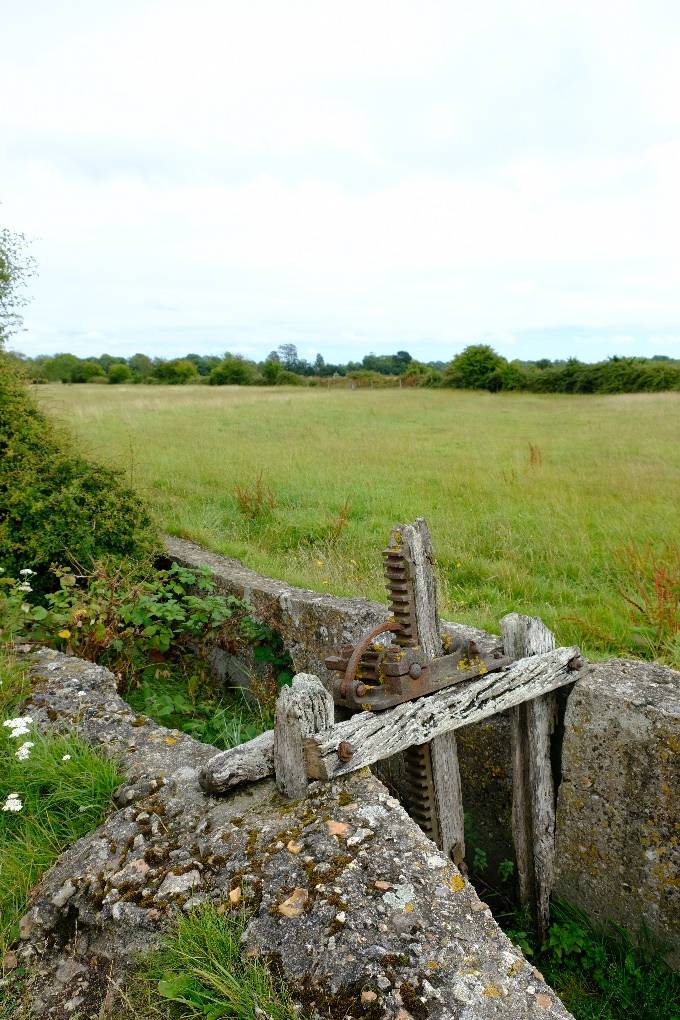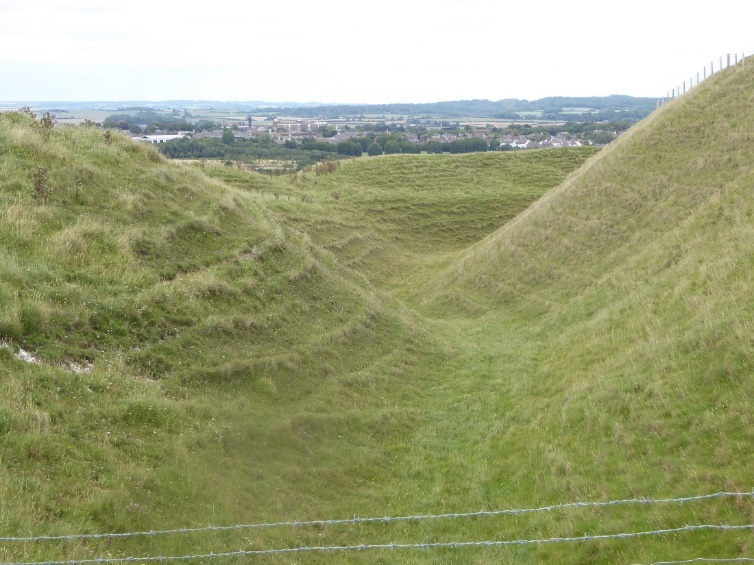We assess the significance of all heritage assets, in the same way, using the same set of heritage values.
What separates one type of heritage asset from another is the type of values they have. This identifies what asset type they are.
Dorset’s local heritage list is open to all types of heritage asset. These asset types fall into four main groups:
Buildings are:
- manmade constructions
- designed for either humans or animals to live in
- being lived in (by humans or animals) or can be brought back to a liveable standard
Their main components are walls and a roof, but otherwise, they can take any form. The main heritage value of buildings is architectural value. It may also have a strong historical illustrative value. Find out more about the different heritage values.
Examples include:
- houses
- schools
- hospitals
- banks
- shops
- offices
- churches
- town or village halls
- barns or stables
- market halls
- theatres
- law courts
- leisure centres
- warehouses or factories
- police or lifeboat stations
- pumping stations
- lighthouses
Figure 1. Examples of buildings in the historic built environment, Dorset.
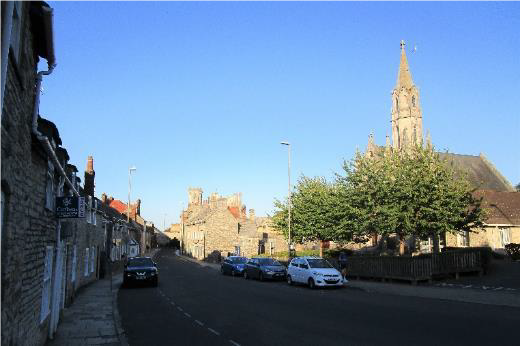
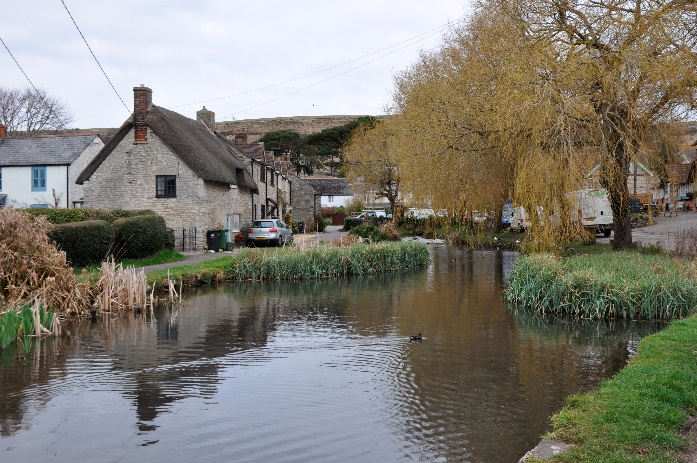
Structures are:
- manmade constructions other than buildings
- not usually used for habitation
They may be practical in form and function, solely decorative, or a combination of both.
They cover such a broad spectrum of possibilities that their main heritage value may be any of the six.
Most will have some form of:
- architectural value
- aesthetic value
- historic illustrative value
Find out more about the different heritage values.
Examples include:
- phone boxes
- lamp posts
- bridges or viaducts
- piers
- statues
- railings
- headstones
- shipwrecks
- chimneys
- boundary walls
- war memorials
- pillboxes
- public art
- follies
- fountains
- water towers
- bus shelters
- bandstands
- fingerposts and wayfinders
Figure 2. Examples of structures in the historic built environment, Dorset.
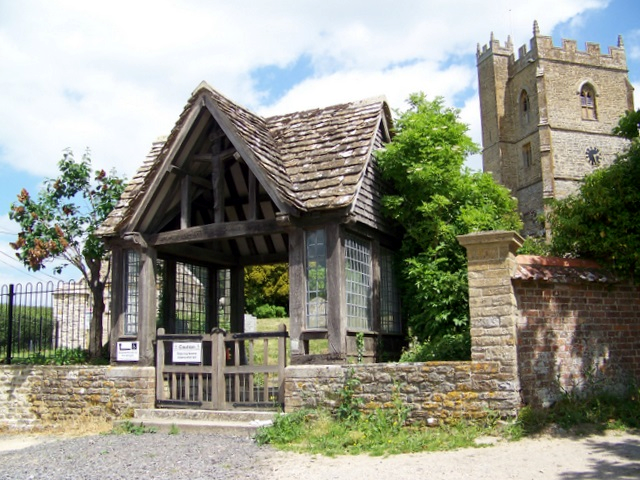
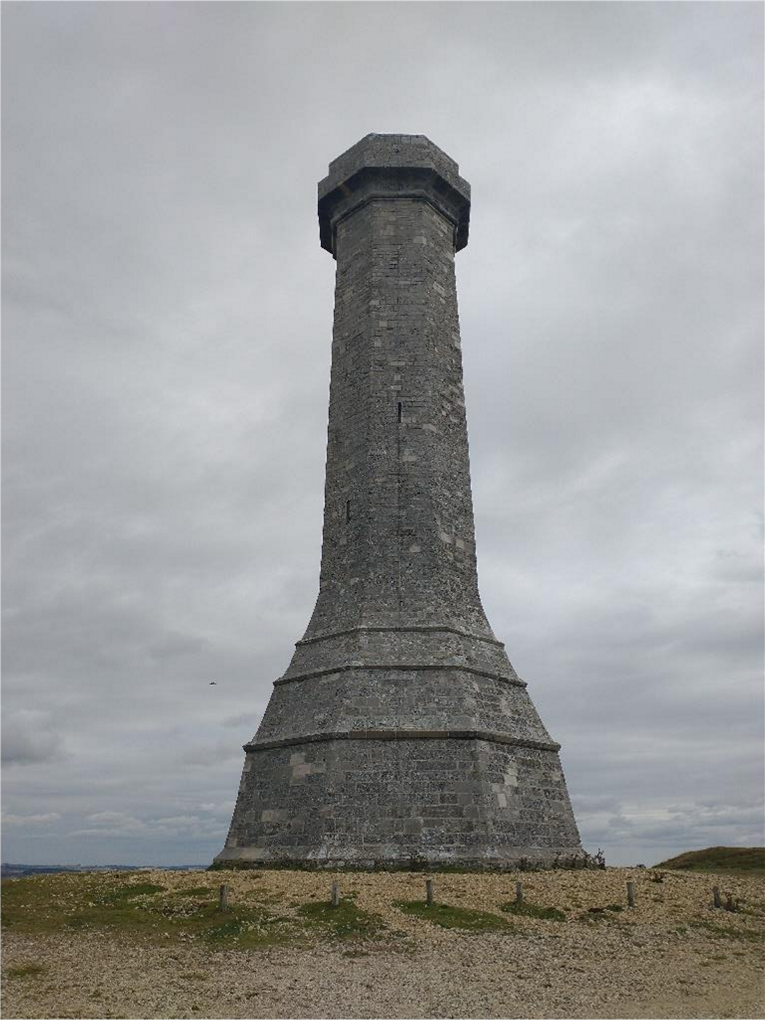
Gardens and designed landscapes:
- are historic sites that have been consciously manipulated to artistic effect
- they may include:
- structural or ornamental planting schemes
- physical structures
- water bodies
- formal routes or paths
- engineered landforms
The principal value of gardens and designed landscapes is aesthetic or artistic. Find out more about the different heritage values.
Examples include:
- public parks
- private estate gardens or parkland
- cemeteries and burial grounds
- hospital or institutional grounds
- seaside promenades or town walks
- botanical gardens
- memorial gardens
- golf courses
Figure 3. Examples of gardens and designed landscapes in the historic built environment, Dorset.
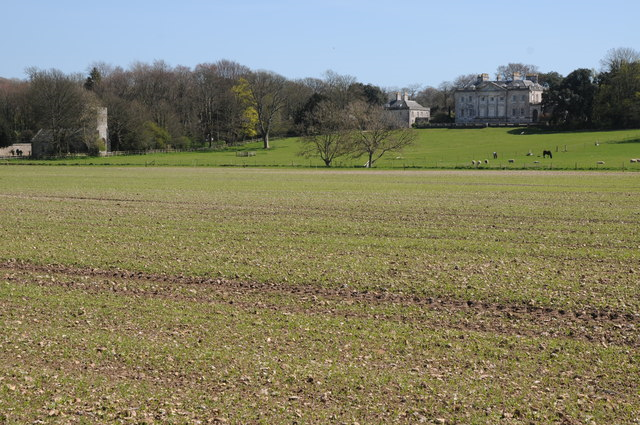
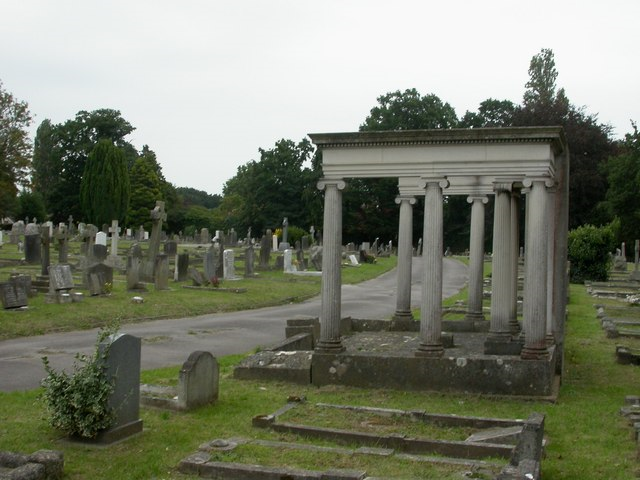
Sites and places are areas that:
- have connections to a specific person, activity or event
- incorporate multiple elements that collectively tell:
- a particular story
- illustrate the passage of time
The sites and places can include archaeological assets. Find out more about the different heritage values.
Those assets :
- may include the remains of previous human interventions into the landscape
- will often be incomplete and partially buried
- were once permanent structures, rather than the site of isolated archaeological finds
They may be visible on the surface in the form of constructed remains or earthworks.
Assets in this category can include links to:
- traditions
- folklore
- myths
- fictional works
The site or place must have a geographical extent that can be drawn on a map.
It must also have some form of physical trait or presence that helps to identify it. The trait or presence should illustrate its connection to that intangible value. Sites and places can come in many forms, but their principal values will generally be:
- communal
- archaeological
- historic illustrative
- historic associative
Examples include:
- cairns or burial mounds
- cropmarks
- ruined buildings or buried evidence of them
- field boundaries
- enclosures
- standing stones
- trackways
- wagonways
- embankments or cuttings
- shrines
- ponds
- weirs
- hillforts
- town
- harbour or sea walls
- deserted medieval settlements
- marketplaces
- water meadows
- river crossings
- harbours
- quarries
- larger areas of field systems or strip lynchets
- gathering places for a regular event or a momentous one off (such as a speech or rally)
Figure 4. Examples of sites and places in the historic build environment, Dorset.
